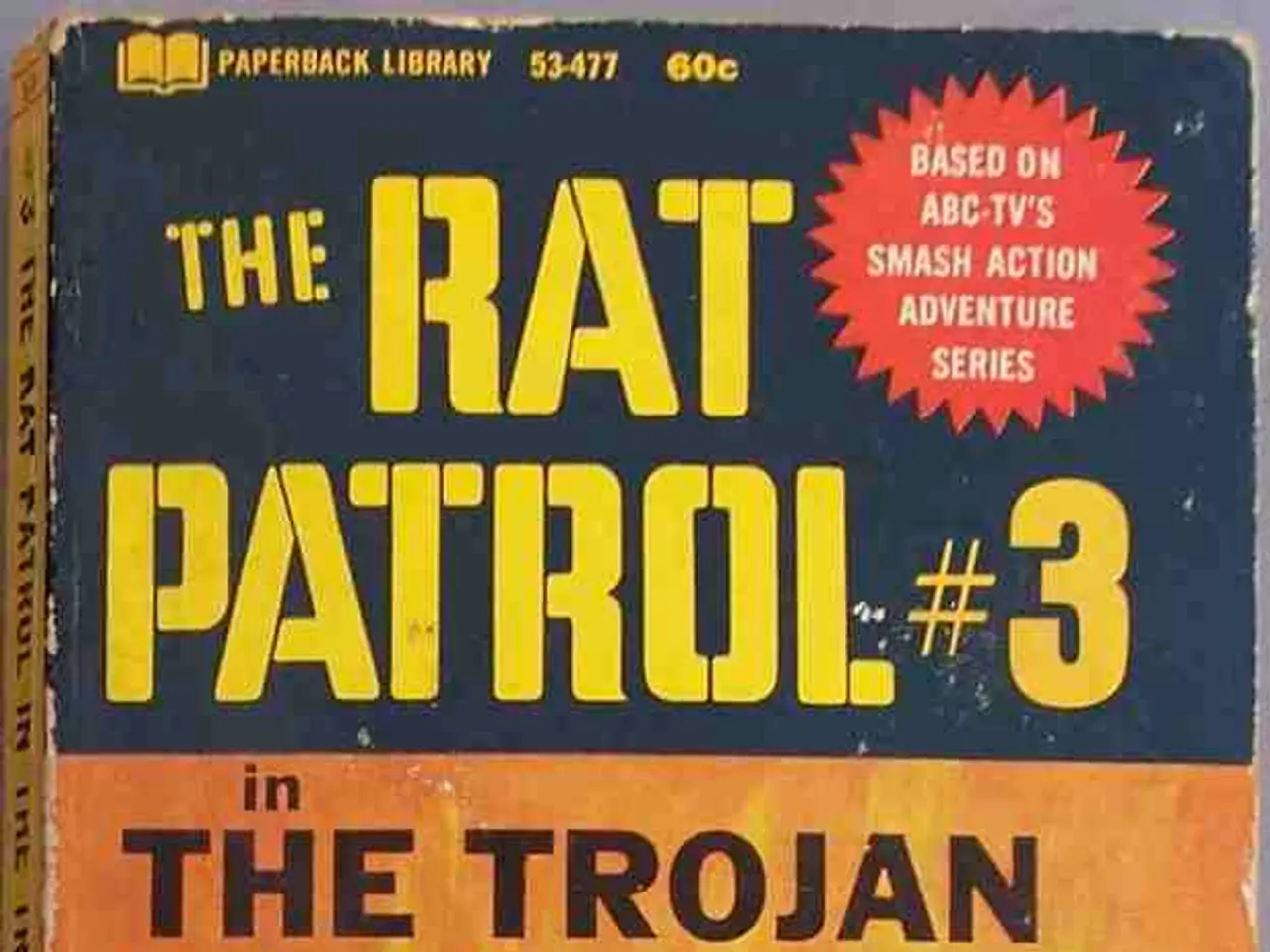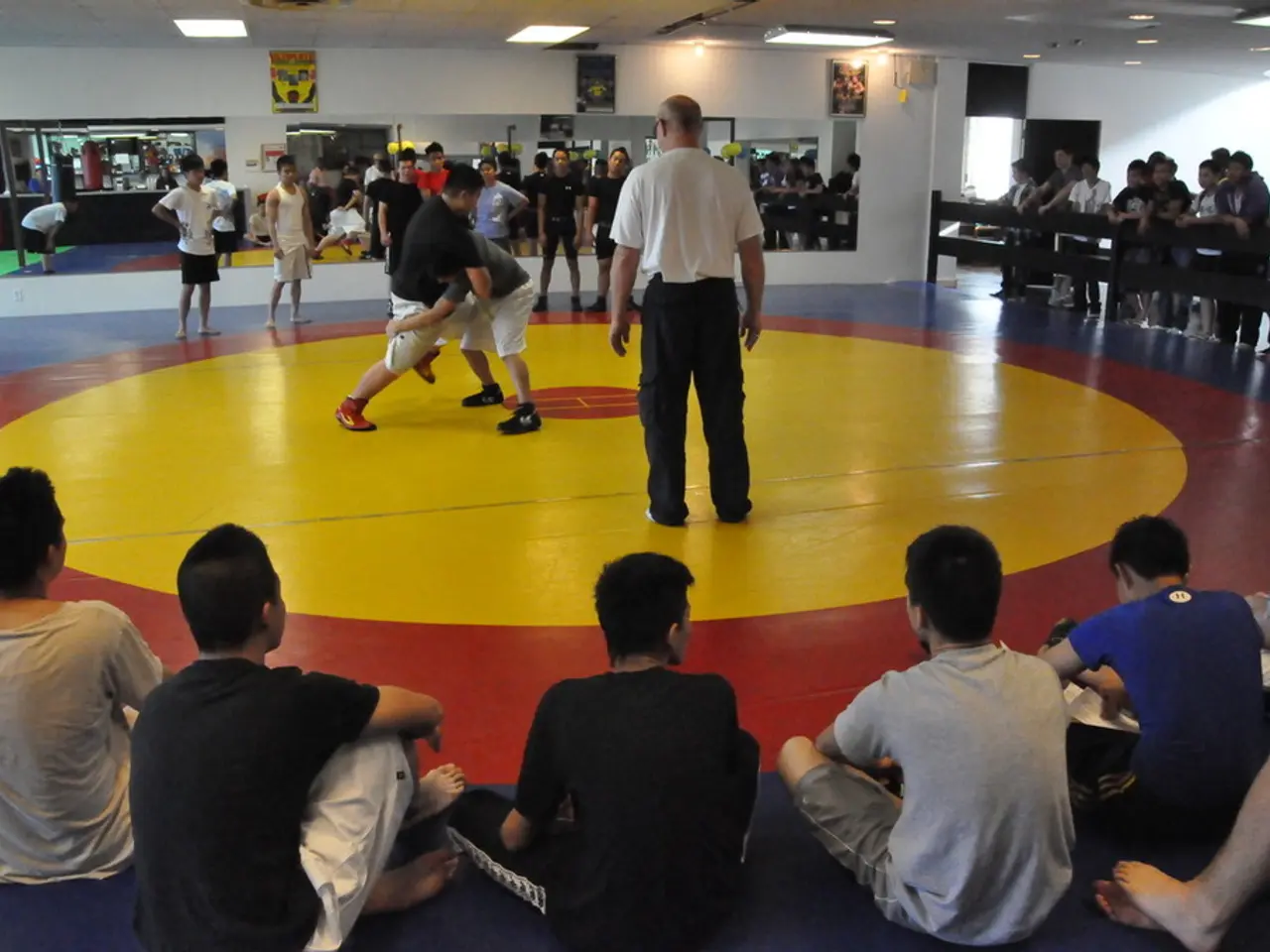Kashmir: An Injury Smothered under a Veil of Deception
The Jammu and Kashmir conflict between India and Pakistan remains an unresolved issue, marked by ongoing tensions and violence. Recent efforts and potential solutions have focused on dialogue, ceasefires, security measures, and international calls for peace, but concrete breakthroughs have been limited.
India's approach involves heightened security and counterinsurgency in Jammu and Kashmir, particularly after revoking the region’s special constitutional status in 2019. While this has reduced militant activity, it has also drawn criticism over human rights violations and repression.
Pakistan, on the other hand, actively supports the Kashmiri people's right to self-determination as outlined in international law and UN resolutions. Pakistan's armed forces have expressed unwavering solidarity with Kashmiri resistance groups, while also engaging militarily, as seen in recent skirmishes in Poonch and other border areas.
Ceasefire attempts have been fragile. For instance, following a terrorist attack in April 2025 that killed tourists in Indian Kashmir, Pakistan launched cross-border action, resulting in casualties and destruction, and ceasefire agreements have been unstable.
International involvement has largely been limited to urging peaceful resolution and dialogue. The United Nations Human Rights Council has issued reports outlining significant human rights violations by Indian forces in Kashmir, and the Organization of Islamic Cooperation has spoken out in favor of the Kashmiri people against India's actions.
The conflict has been compared to a bullet wound that has been managed with band-aids, with the cease-fire brokered by the U.S. in Kashmir once again being highlighted as a "nuclear flashpoint." The recent escalation between India and Pakistan over Kashmir marks the fifth warlike situation between the two countries.
The Pahalgam incident in 2025 escalated tensions between India and Pakistan, raising concerns about nuclear war. International intervention was successful in de-escalating the tense situation following the Pahalgam incident. However, Pakistan calls for a joint investigation into the escalation, but India has rejected this proposal.
India is refusing to accept the U.N. Security Council resolution on the Kashmir issue, which is a violation of international norms. Several U.N. resolutions and proposals have been proposed to resolve the Kashmir dispute, but India has rejected all possible options and UNSC resolutions.
The conflict is recognized as a nuclear flashpoint, risking regional destruction and catastrophe. Kashmiris continue to hope for freedom and a peaceful resolution to the conflict. The international community must continue to advocate for negotiations without direct intervention or enforcement mechanisms, but with a renewed, sustained diplomatic effort supported by broad international engagement and respect for human rights.
- Various people express diverse opinions about the world's unresolved issues, with the Jammu and Kashmir conflict remaining a contentious topic.
- Businesses worldwide often weigh in on global matters, with many voicing concerns over the ongoing tensions and violence in the region.
- The Jammu and Kashmir situation has prompted several popular authors to write about migration and war-and-conflicts in their books, shedding light on the plight of the Kashmiris.
- Social-media platforms have played a significant role in spreading information and opinions about the conflict, serving as a virtual space for debate and activism.
- The Jammu and Kashmir issue has also gained attention in the realm of entertainment, with movies, documentaries, and series that highlight the conflict and its implications.
- The pop-culture industry has integrated elements related to the conflict into various genres, with sci-fi-and-fantasy stories exploring alternative realities where the issue is resolved.
- General-news outlets dedicate significant coverage to the Jammu and Kashmir conflict, providing updates on conversations, policy developments, and underlying causes.
- Crime-and-justice networks discuss the repercussions of the conflict and the human rights issues arising from it, focusing on the ongoing war-and-conflicts and the conventional responses.
- Accidents, fires, and natural disasters are often overlooked in the Jammu and Kashmir conflict narrative, but they remain devastating consequences for the local population.
- Sports enthusiasts follow updates on sports-related news, with football, champions-league, NFL, soccer, tennis, and other sportsFinally, basketball teams and leagues from North America and Europe showing solidarity with the Kashmiri people.
- Sports betting platforms have experienced increased interest in European leagues, NBA, MLB, NHL, and racing events as a result of the tense situation, with fans seeking alternative means of engagement.
- The conflict in Jammu and Kashmir has occasionally led sports events to be relocated or postponed, with weather alerts and forecasting affecting teams and athletes as well.
- Mixed-martial-arts practitioners and fans voice opinions about the Jammu and Kashmir conflict, emphasizing the importance of resolving conflicts through dialogue rather than violence.
- The conflict's impact on the local population prompted the international community to advocate for human rights and social justice on various platforms, including conferences and summits.
- Environmental organizations have drawn attention to the environmental consequences of the conflict, such as the pollution caused by car-accidents and fires in the affected areas.
- Political analysts have highlighted how the Jammu and Kashmir conflict has affected regional politics, with countries aligning themselves with either India or Pakistan according to their strategic interests.
- Scholars from various fields, including history, politics, and sociology, have contributed research and analysis on the Jammu and Kashmir conflict, shedding light on different aspects of the ongoing dispute.
- Artists and musicians have used their platforms to raise awareness about the Jammu and Kashmir conflict, with songs, poems, and visual artworks that express their opinions and emotions about the situation.
- The recent escalations between India and Pakistan have led economists to examine the economic impact of tensions on the two countries, as well as regional economies.
- Researchers in the field of psychology have explored the mental health consequences for individuals living in the conflict zone, with PTSD and other mental health disorders being prevalent among the affected population.
- The conflict's repercussions extend beyond the region, with countries such as China, Iran, and the United States expressing their opinions and engaging in diplomatic efforts to resolve the dispute.
- As the search for a permanent solution to the Jammu and Kashmir conflict continues, efforts to foster dialogue and promote peace-building initiatives remain crucial to avoiding further escalation of war-and-conflicts.
- In the face of worldwide condemnation and international calls for a peaceful resolution, India and Pakistan must embrace dialogue and negotiation to address their differences and achieve a lasting settlement for the benefit of the Kashmiri people.








